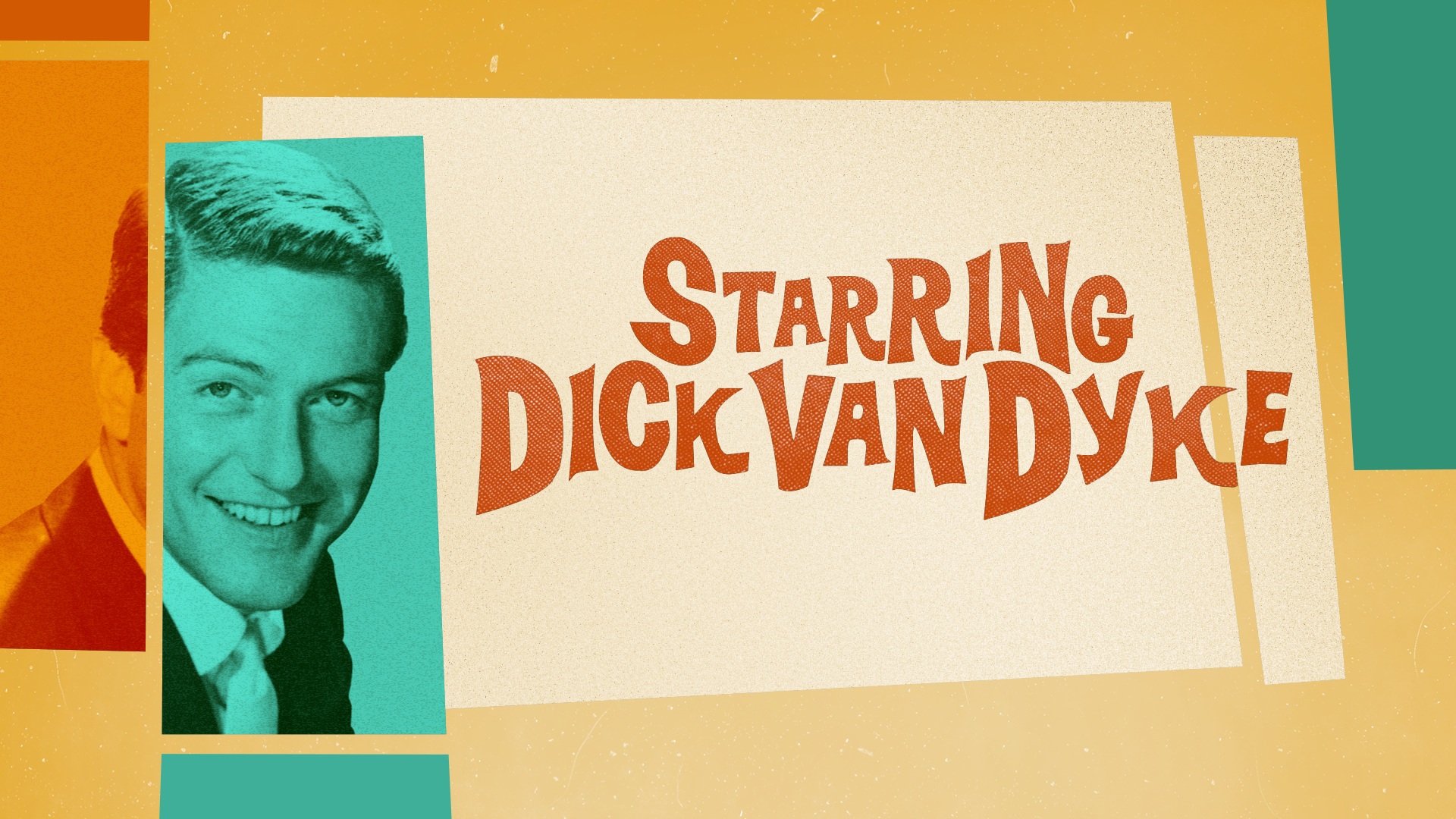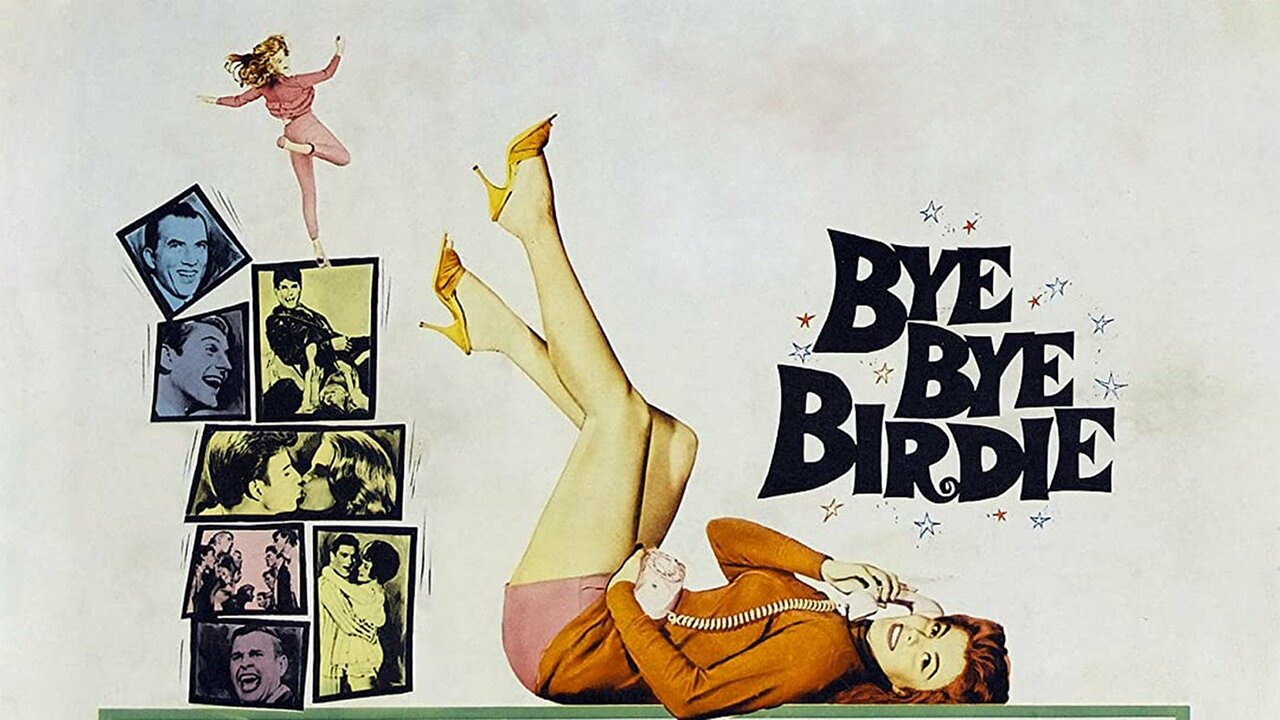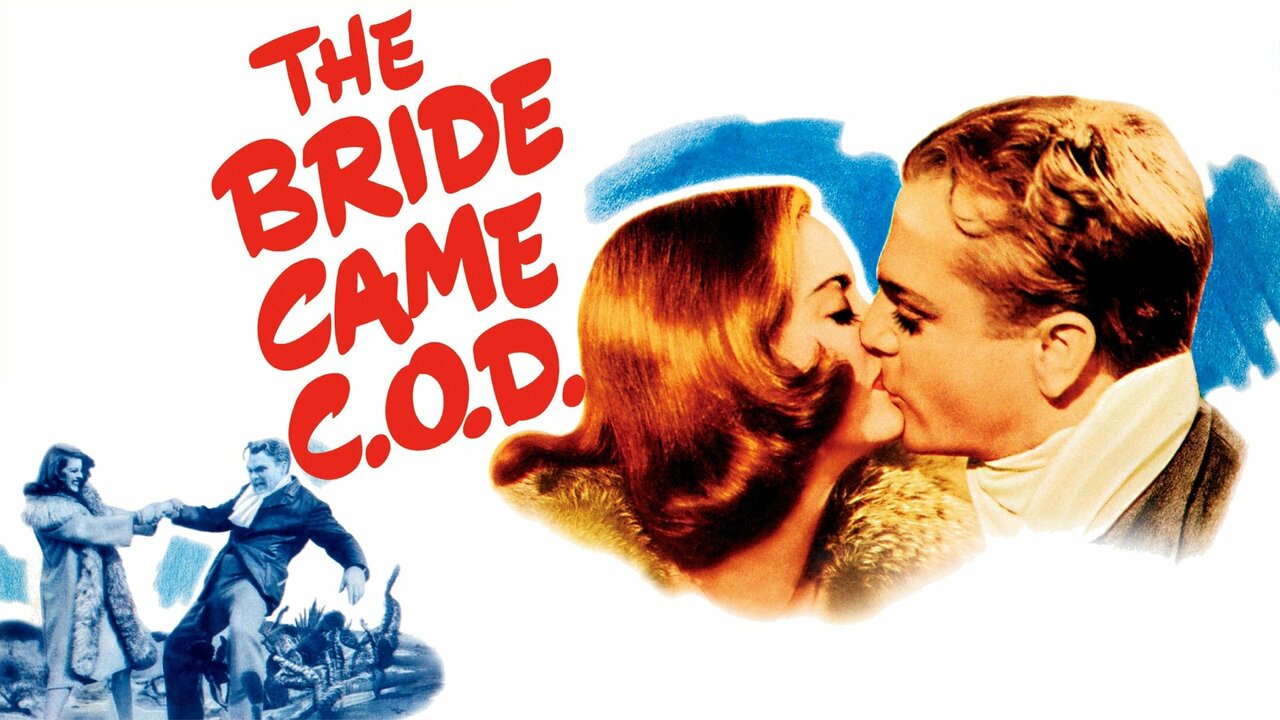
Inside Daisy Clover, starring Natalie Wood, is a film that takes a look at Hollywood cruelty while also being a film that was ahead of its time.
We first meet Daisy Clover (Natalie Wood) on her 15th birthday in 1936. She later discovers a telegram from Raymond Swan (Christopher Plummer) thrown in the trash upon coming home from work. There’s a mysterious car waiting for her and we get the backstory about her making a recording for a studio executive. Her mom (Ruth Gordon) doesn’t want her taking rides from strangers. Swan ends up placing Daisy’s mom in an institution.
Next thing we know, Daisy is taken over to the Swan Studios where she is groomed to be the next big star. There’s a montage of publicity scenes depicted in the film. I’ve read a number of books about classic Hollywood so I can assure you that this is not a stretch from real life. But is Daisy really ready for the big time or is the pressure too much for her? At the Swan’s Xmas party, she meets Wade Lewis (Robert Redford). Swan is grooming Daisy and afraid for what this new relationship could do for her career especially when she misses a big premiere.
While Wade and Daisy get married, things hit a sour patch while on the honeymoon. Wade leaves Daisy in Arizona and later as an affair with Swan’s wife, Melora (Katharine Bard). Daisy comes back to California only to learn of the affair and Wade’s sexuality. More life changes are on the way when Daisy takes her mom out of the institution only to suffer a breakdown when her mom dies.
Raymond being Raymond–well, he forces Daisy to get back to work on the film. Contracts are contracts and this is certainly one of the areas where the film hits it on the money in terms of the studio system. You can sense the rebelliousness in Daisy. She’s not about to rush back to the studio especially when she tries committing suicide. Maybe the film is going for laughs but the attempt keeps getting interrupted. If it’s not one thing, it’s another. As a historical point, the film’s production happened between two of Wood’s own suicide attempts.
By this point in Natalie Wood’s career, she had scored three Oscar nominations for her performances. Here she is, almost 30 years old, and playing a teenager. Wood went on strike against Warner Bros. in the late 1950s and was able to get more of a say in which roles she selected. While the film landed at Warner Bros., it was originally set for Columbia Pictures. In any event, she earned a Golden Globe nomination for her performance in the film.
Robert Redford’s Wade Lewis was a character ahead of his time even for 1965. While gays and lesbians were apart of Hollywood history, the Production Code wasn’t ready for them. Alfred Hitchcock took his fight to the censors but even one of his films couldn’t have such depictions on screen. In any event, Gavin Lambert’s screenplay had to change Wade’s sexuality from gay to bisexual in order to appease the censors. Had Wade not had an affair with Melora, maybe the marriage could have worked out. Another thing I like about Wade’s character is that he’s proud of his sexuality. There should be no shame in having an interest in multiple genders.
An interesting thing to note here about Raymond Swan. The film refers to Plummer’s studio executive as the Prince of Darkness. Could Swan be a stand-in for the WB co-founder? Maybe I’m reading into this too much but since the film was released by Warner Bros. and Jack Warner was also known as the Clown Prince. Another interesting thing in terms of the set design is that Swan’s office is so bare. Other executive offices had more furniture according to photos!
Both Redford and Ruth Gordon deliver solid supporting performances here. Redford won a Golden Globe for his breakout performance. Meanwhile, Gordon won a Globe and earned an Oscar nomination. Other Oscar nominations were for the art decoration and costume design. I have to laugh at the latter two nominations because the film doesn’t quite have a 30s aesthetic. No, this film has more of a 1960s look to it.
Inside Daisy Clover isn’t a perfect film by any means but it offers an inside look at Hollywood life in the 1930s.
DIRECTOR: Robert Mulligan
SCREENWRITER: Gavin Lambert
CAST: Natalie Wood, Christopher Plummer, Robert Redford, Roddy McDowall, Ruth Gordon





